Learn PHP is an essential step for anyone who wants to develop dynamic and robust web applications. PHP, which stands for Hypertext Preprocessor, is a widely used open-source server-side scripting language particularly suited for web development. It can be embedded directly into HTML, making it a versatile option for developers looking to enhance their web development skills.
The importance of PHP in the web development environment cannot be overstated. The role of PHP as a server-side scripting language is to provide dynamic interfaces with databases. This guide is designed to take you from a novice to an experienced PHP developer, ready to tackle complex projects. It is structured to give you a solid language foundation, best practices, and tools necessary for effective web development.
Step-by-Step Guide to Learn PHP
Step 1: Setting Up the Environment
Before you begin to learn PHP, it’s important to set up a development environment. This Step will walk you through choosing the right tools, setting up a local server like XAMPP or WAMP, and setting up an IDE to simplify your coding workflow.
- Particularly focusing on PHP as an essential tool in web development, with an emphasis on its usefulness for creating dynamic, database-driven content.
- The guide aims to transform PHP beginners into experts capable of handling complex web applications.
- Integrating published PHP and HTML for its straightforward implementation to enhance web applications.
- The team has laid a comprehensive foundation, aiming to promote best practices and introduce essential web development tools.
- Initial configuration includes selecting compatible tools, setting up local servers (XAMPP/WAMP), and setting up an integrated development environment (IDE) to streamline coding.
Step 2: PHP Basics
To learn PHP properly, you should start with the basics. This Step will explore PHP syntax, basic operators, variables, and data types. You will also dive into control structures such as if-else statements, and loops which form the backbone of logical operations in PHP. This will give you a strong understanding of the fundamentals of the language and enable you to write effective and well-structured code.
- An extensive description of PHP syntax, including basic functions, variables, and data types, provides a comprehensive understanding of the language’s architecture.
- An in-depth study of
if-elsestatements, loops and other control structures that play an important role in performing logical operations in PHP. - The emphasis placed on writing effective and well-structured regulations followed best practices and proper coding conventions.
Step 3: Working with Forms and User Input
Interactivity is the cornerstone of a user-centric web application. In this Step, you will learn how to handle documents and user input using the GET and POST methods, ensuring a strong and interactive user experience while maintaining data integrity and security through honesty and purity. You’ll also learn important concepts like session cookies, which keep data persistent across pages.
- Detailed documentation and user input control methods using GET and POST methods, ensuring a secure and interactive user experience.
- In-depth discussion of data integrity and integrity to ensure data integrity and security.
- Detailed description of sessions and cookies, allowing developers to apply data persistence across multiple pages.
- A practical example is the use of code minutiae to express concepts clearly and concisely, making them easier to implement in real-world projects.
Step 4: Integrating PHP and MySQL
Databases are fundamental to modern web applications. This Step introduces databases that focus on MySQL. You’ll learn how to use PHP to run CRUD operations, manage databases, and easily add back-end data to your applications. You will explore best practices in database security and optimization, ensuring reliable and effective data backup and recovery.
- An introduction to databases, with a focus on MySQL, and how it plays an important role in modern web applications.
- A comprehensive guide to using PHP to perform CRUD operations, manage databases, and integrate back-end data into applications with ease.
- Best practices in database security and optimization, ensuring reliable and efficient data storage and recovery.
- A practical example is the use of code minutiae to express concepts clearly and concisely, making them easier to implement in real-world projects.
Step 5: Advanced PHP Techniques
As your skills progress, it’s important to explore more advanced PHP techniques. This Step introduces you to Object-Oriented Programming (OOP), error handling, and state management through cookies and sessions, which are essential for building sophisticated applications You will learn regular expressions and how to use them effectively in PHP in the 19th century as well.
- An introduction to advanced PHP techniques, including object-oriented (OOP), error handling, and state control using cookies and sessions.
- An in-depth overview of regular expressions and how to use them properly in PHP.
- A practical example is legal minutiae to express ideas clearly and concisely.
- Step-by-step instructions on how to apply advanced techniques to your projects, allowing you to gain a deeper understanding of the language and master it.
Step 6: Tools and Best Practices
Security is paramount in web development. This Step provides an in-depth overview of PHP security best practices, introducing libraries, frameworks, and version control systems such as Git and GitHub that professionals use to better collaborate and manage code.
- Ensure that your applications are protected against potential threats and vulnerabilities by providing an in-depth overview of PHP security best practices.
- Introduction to popular libraries, frameworks, and version control systems such as Git and GitHub used in business development.
- Step-by-step guidance on how to effectively use these tools to collaborate and manage code in a group setting.
- Methods of testing and debugging your code, to ensure quality and reliability.
Step 7: Developing a Sample Application
To solidify your learning, this Step walks you through setting up a sample PHP application. This hands-on workshop will help you understand the practical aspects of coding, testing, and debugging, and will provide a thorough experience in the PHP development lifecycle.
- Create a sample PHP application to use and reinforce the concepts you have learned in previous Steps.
- Hands-on experience with coding, testing, and debugging techniques.
- To understand the entire development life cycle of a PHP project.
Conclusion
You’ve reached the end of this step-by-step guide to learning PHP for web development. The journey doesn’t end here; Keep learning, looking for advanced features, and connecting with the developer community. Remember that mastering PHP opens the door to unlimited opportunities in web development. As you embark on your journey to learn PHP, remember that consistency is key. Apply the concepts you learn, do projects, and never hesitate to explore new tools and practices. If you have any questions or need further assistance, don’t hesitate to contact us.
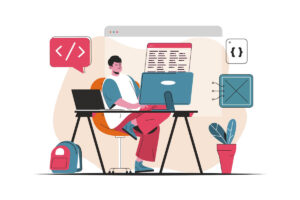
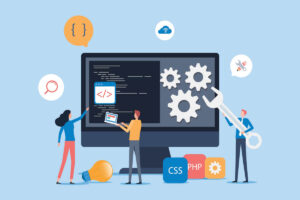
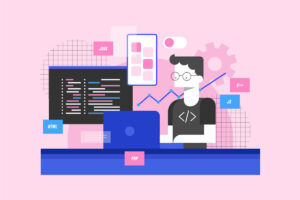
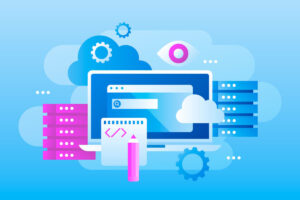
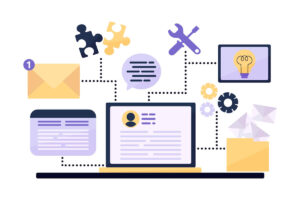
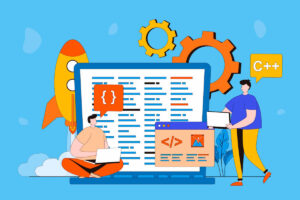
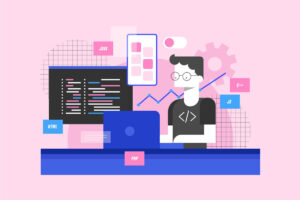

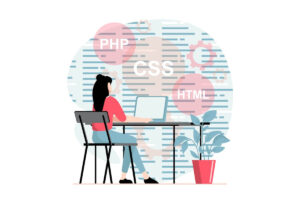



+ There are no comments
Add yours